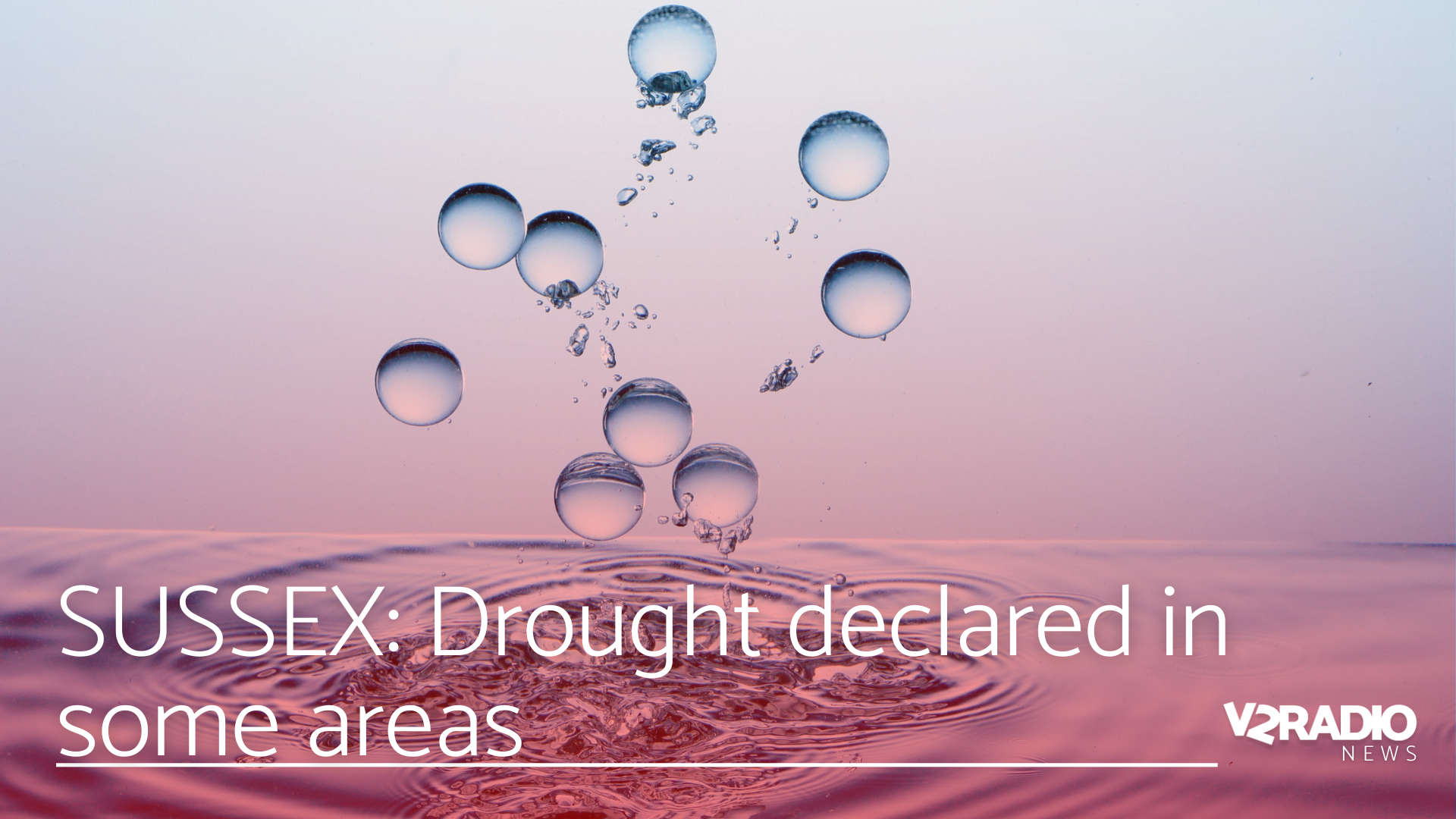
A drought has been officially declared in parts of Sussex supplied by South East Water, following a sharp decline in water levels at Ardingly Reservoir.
The Environment Agency confirmed today that areas around Haywards Heath and Eastbourne have been moved to drought status, while Hampshire, the Isle of Wight, and the rest of Sussex remain under prolonged dry weather status.
Each drought is assessed differently and may be classed as environmental, agricultural, or public water supply drought. The decision in parts of Sussex reflects the impact of hot, dry weather on local water supplies, triggering the need for further conservation measures.
Moving to drought status means the Environment Agency and water companies will now implement additional steps from their pre-agreed drought plans to manage and reduce the impacts.
The change follows South East Water’s drought order application, submitted today, aimed at conserving the remaining water at Ardingly Reservoir, which has seen a significant drop in capacity.
As of this week, the reservoir is at just 27.6% of its total capacity, a rapid decline driven by a dry spring and early summer, alongside higher temperatures linked to climate change, which have led to exceptionally high water demand.
The Department for Environment, Food and Rural Affairs (Defra) and the Secretary of State will now review the drought order application. The Environment Agency will provide technical advice to ensure that the needs of both people and the environment are carefully balanced.
The Agency says it is working closely with South East Water to ensure the company follows its drought plan. Exemptions to the current hosepipe ban have been removed, and the restrictions will remain until water supplies recover. Customers are urged to continue following water-saving guidance.
Richard O’Callaghan, Area Environment Manager at the Environment Agency, said:
“Autumn and winter may feel like there’s plenty of water around, but the climate is changing, and we need to be careful with water all year round, not just in summer.
“A few bursts of rainfall don’t undo several dry months of impact. It will take sustained rainfall to restore reservoirs and rivers — and everyone can help by being sensible with their water use.”

 West Sussex parents can now apply for child school places for 2026
West Sussex parents can now apply for child school places for 2026
 Water neutrality in West Sussex and what this means for new homes
Water neutrality in West Sussex and what this means for new homes
 Applications open for Fire Cadet programme in Bognor Regis
Applications open for Fire Cadet programme in Bognor Regis
 Learn CPR in the South with SECAmb at a location near you this Restart a Heart Day
Learn CPR in the South with SECAmb at a location near you this Restart a Heart Day
 Appeal for witnesses following road traffic incident in Portsmouth
Appeal for witnesses following road traffic incident in Portsmouth
 Oxford Investigation Service brings dedicated counter fraud expertise to Arun
Oxford Investigation Service brings dedicated counter fraud expertise to Arun
 21K homes given go ahead in parts of West Sussex
21K homes given go ahead in parts of West Sussex
 'Safer Steps Community Run' takes to the road in Bognor Regis
'Safer Steps Community Run' takes to the road in Bognor Regis
 Decision due on Eastbourne bus lanes
Decision due on Eastbourne bus lanes
 Grant funding open for good community causes in Bognor Regis
Grant funding open for good community causes in Bognor Regis






